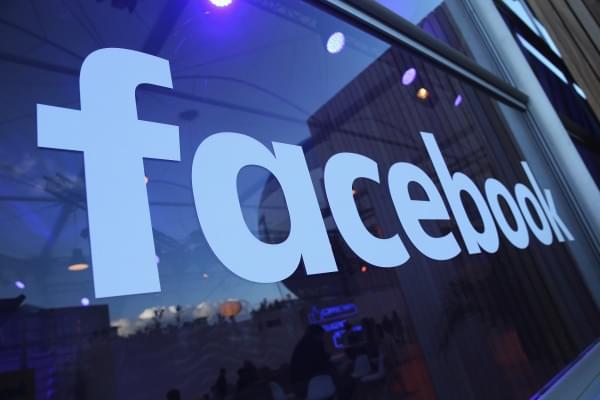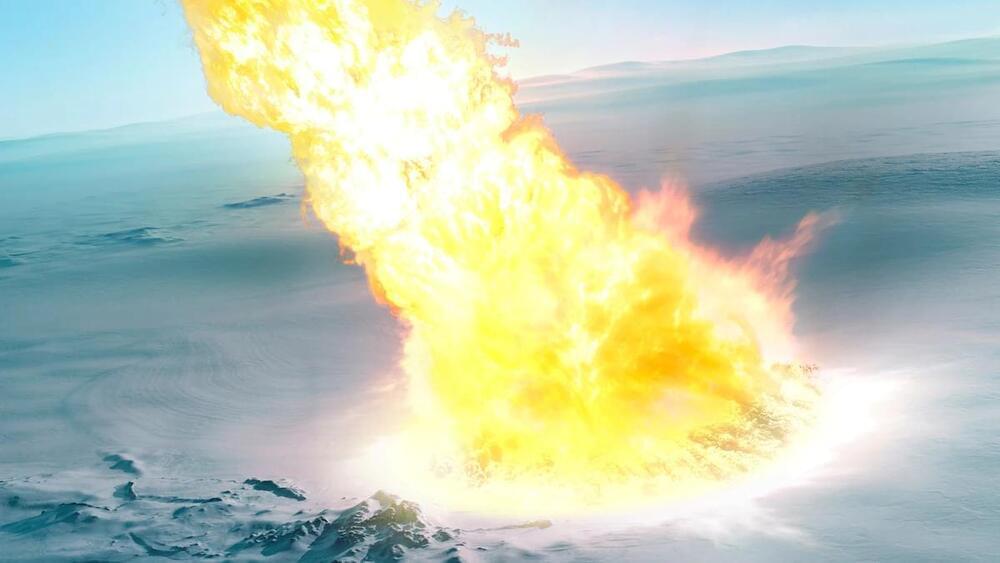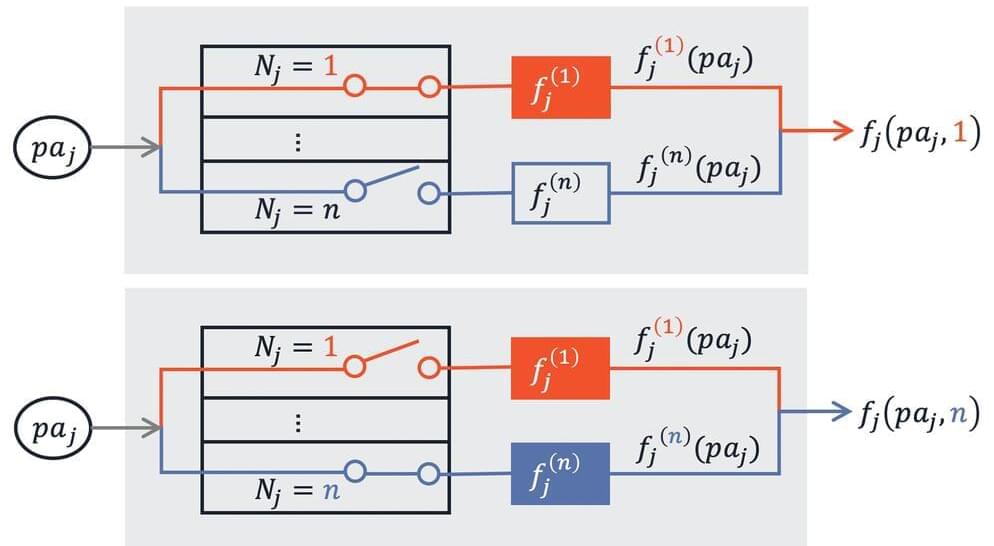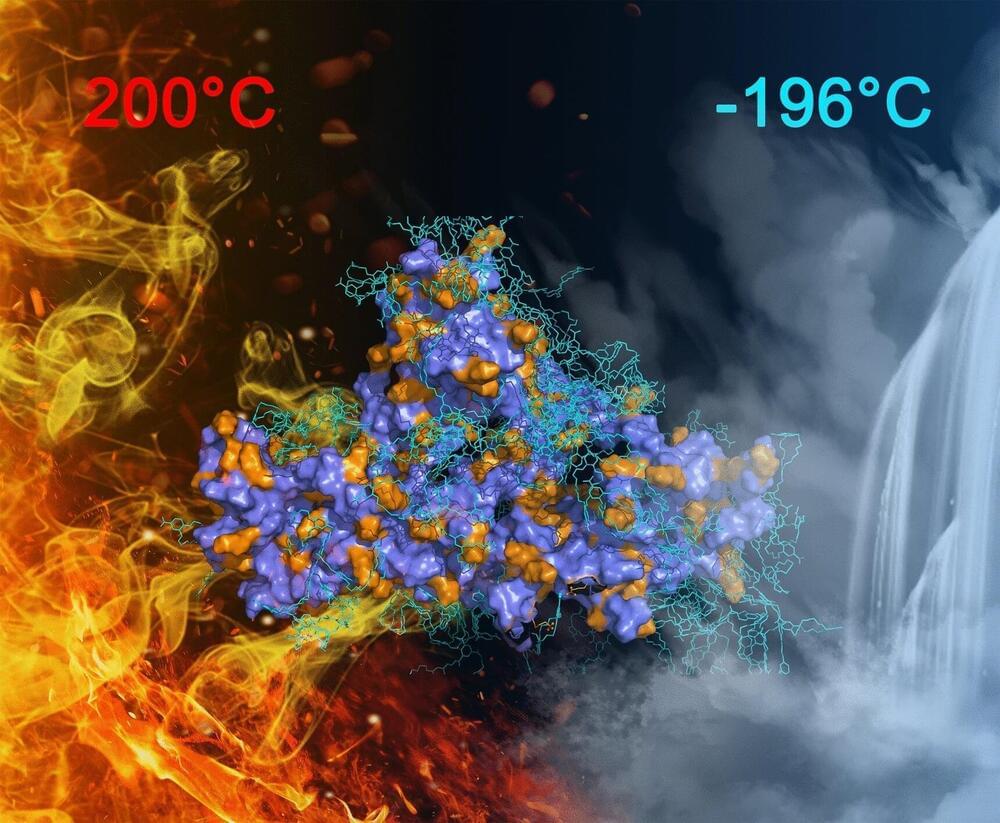
Category: futurism – Page 627


What The End of Civilization Will Look Like (Century by Century)
Civilization will not last forever! Here are some bold predictions that will bring on the end of everything as we know it! Can you guess what will be the world-ending event that causes the collapse of civilization?
🔔 SUBSCRIBE TO THE INFOGRAPHICS SHOW ►
🔖 MY SOCIAL PAGES
TikTok ► https://www.tiktok.com/@theinfographicsshow.
Discord ► https://discord.gg/theinfographicsshow.
Facebook ► https://www.facebook.com/TheInfographicsShow.
Twitter ► https://twitter.com/TheInfoShow.
💭 Find more interesting stuff on:
https://www.theinfographicsshow.com.
📝 SOURCES: https://pastebin.com/K6WQE0NW
All videos are based on publicly available information unless otherwise noted.


Blueberries Recalled Nationwide Over Lead Concerns
The U.S. Food and Drug Administration (FDS) is alerting customers to an “urgent” nationwide blueberry recall. The organization announced in a July 14 notice that certain pouches of Natierra Organic Freeze-Dried Blueberrie are being recalled due to possible lead contamination. The recall was voluntarily issued by BrandStorm Inc.
The recall involves two lots of blueberries, both of which were packaged in 1.2-ounce pack sizes and distributed in the United States through retail and online stores services. Recalled Lot 2021363–1 features a best-by date of “12÷2024” and UPC 812907011160. The second recalled lot number is 2022026–1, with a best-by date of “01÷2025” and UPC 812907011160. The recalled Natierra Organic Freeze-Dried Blueberries were sold in a white and blue pouch with Natierra brand and Logo, with an image available here.
The company issued the recall after testing conducted by a lab in Maryland identified the presence or potential presence of lead above the FDA’s recommended limits. Per the release, “an investigation was conducted by the packing site. The original heavy metal reports received for the crop year showed no presence of lead and-or cause for batch testing. After further investigation it was found that the products county of Origin is Lithuania and aggressive monitoring of heavy metals may be deemed necessary.” Although lead, a toxic substance, is constantly present in small amounts and people are exposed to it daily, exposure to large amounts can lead to lead positing. According to the Mayo Clinic, signs and symptoms of lead poisoning include joint and muscle pain, headache, abdominal pain, and mood disorders, among others. However, symptoms typically don’t appear until dangerous amounts have accumulated. Infants, young children, and a developing fetus can experience more severe symptoms.

World’s Most Modern Heavy Duty Factory — Producing Giant Propellers and Modern CNC Technology
E-posta hesabınız yayımlanmayacak. Gerekli alanlar ile işaretlenmişlerdir.
Yorum.



Powerful new adhesive stays strong from freezing to boiling temperatures
Researchers from China have developed a powerful new adhesive that grips strongly in extreme temperatures, from the deep freeze of liquid nitrogen to the sweltering heat of an oven. Better yet, it can be broken back down into its component parts and reused without losing strength.
The new adhesive belongs to a class known as supramolecular adhesives, which are made up of molecular components specially designed to self-assemble into strong bonds during curing. One is a ring-shaped molecule called a crown ether, which can wrap around the second component, a small protein produced by bacteria.
When these are combined and the mixture is heated, the crown sticks to the surface of the protein tightly, strengthening the bond through several molecular interactions, including their opposite charges. The team described it as “welding” the molecules together, giving them an incredibly strong interlocking structure.